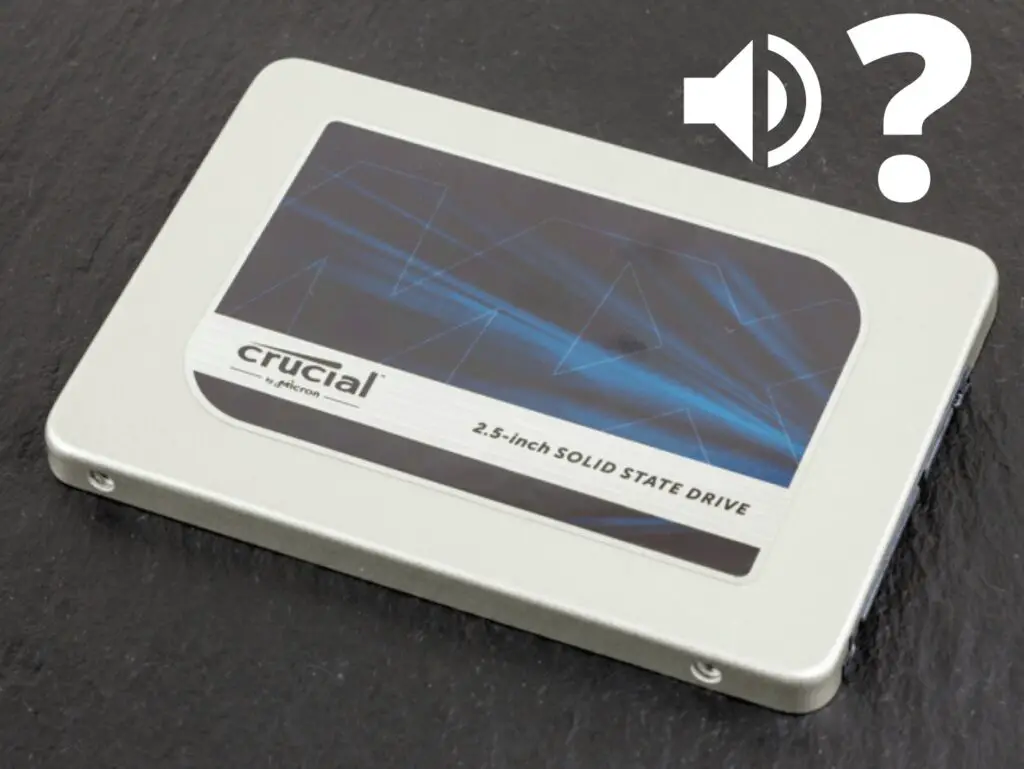Getting started with a 3D pen can be exciting and a bit overwhelming for beginners. I remember my first time trying to use one, wondering how to create amazing 3D objects effortlessly.
Don’t worry, I’ve got you covered. In this tutorial, I’ll guide you through the basics of using a 3D pen, ensuring you get the most out of your creative experience.
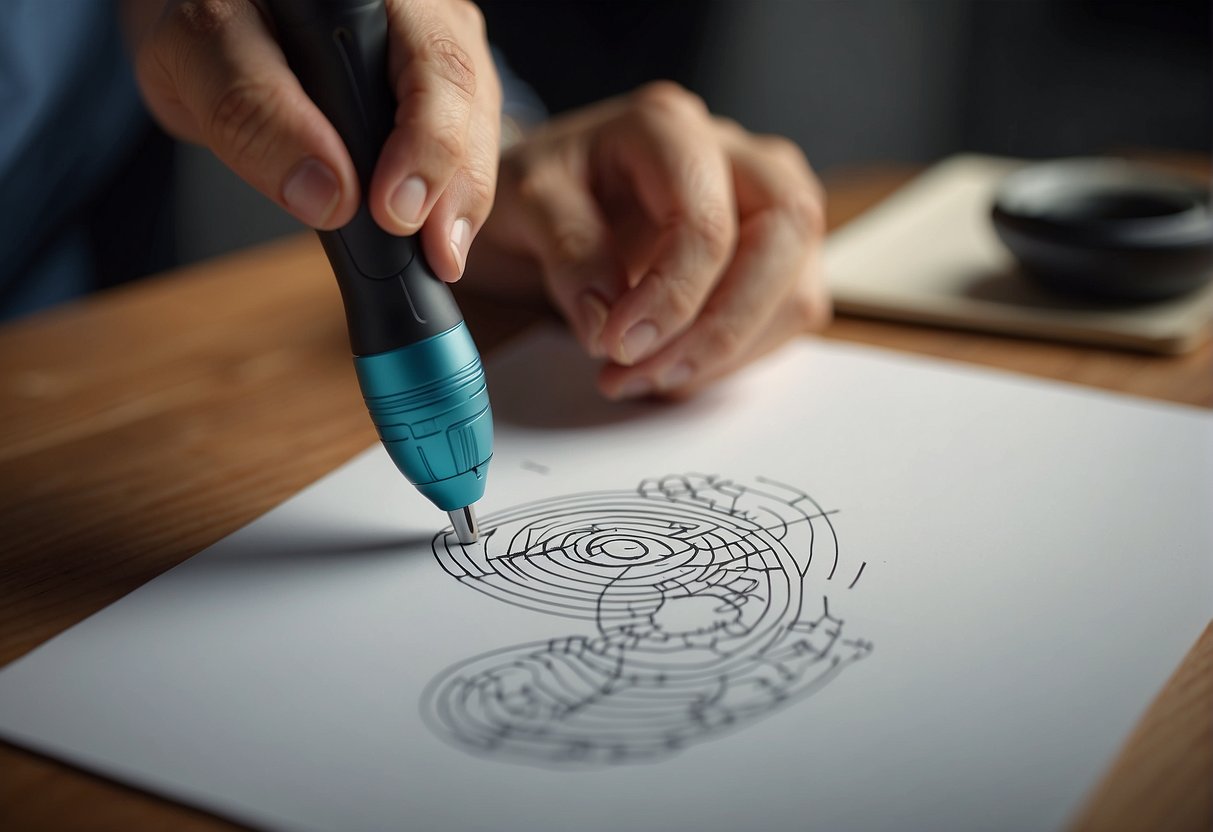
As a beginner, it’s important to understand the mechanics of how a 3D pen works. Simply put, a 3D pen is a handheld device that utilizes heated plastic filament to create 3D objects and drawings.
The filament cools down rapidly, allowing your design to hold its shape. To become an expert, all it takes is practice and a bit of patience.
In the next few sections, I’ll provide you with step-by-step instructions, tips, and tricks to help you master the art of using a 3D pen.
From setting up your workspace to creating your first masterpiece, I’ll be with you every step of the way. Let’s dive in and bring your imagination to life!
Table of Contents
Getting to Know Your 3D Pen
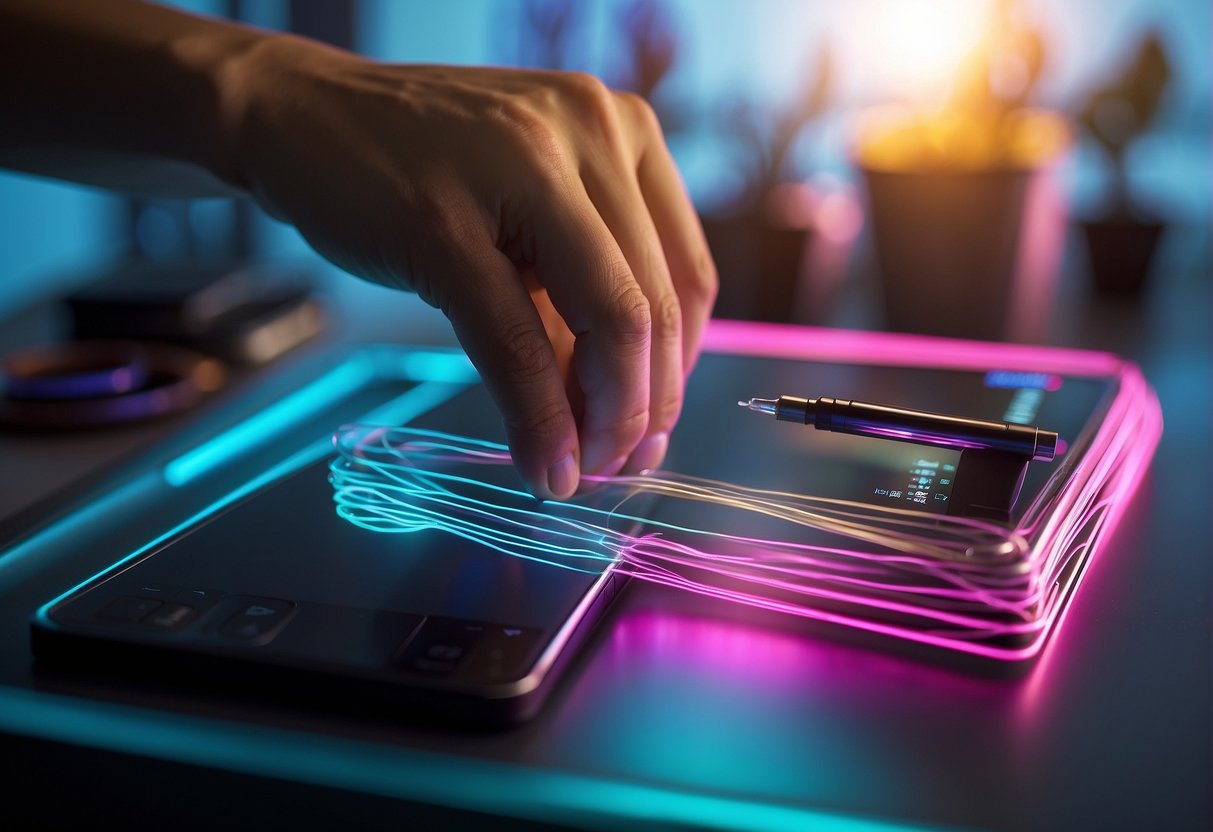
Understanding the Different Types of 3D Pens
When I first started exploring the world of 3D pens, I learned that there are two main types: those that use PLA filament and those that use ABS filament.
PLA is made from plant material and is biodegradable, so it’s an eco-friendly option. ABS, on the other hand, is made from petroleum-based materials, which makes it sturdier and more resistant to heat but not as environmentally friendly.
Many 3D pens allow you to switch between these two filament types.
Here’s a quick comparison table to help explain the differences:
| Filament Type | Material | Durability | Eco-friendliness |
|---|---|---|---|
| PLA | Plant | Less | High |
| ABS | Petroleum | More | Low |
Features and Controls
Next, I familiarized myself with the various features and controls found on most 3D pens. The basic components you’ll encounter include the device, nozzle, and motor.
The device houses all the components and provides an ergonomic grip to make drawing easier. The nozzle is where the melted filament gets extruded, while the motor helps push the filament through the nozzle.
One thing I realized was the importance of temperature settings. Different filaments have different melting points, so it’s crucial to have a 3D pen with adjustable temperature settings.
This feature allows you to easily switch between PLA and ABS filaments without worrying about damaging your device or creating messy drawings.
Another essential control to consider is the speed control feature. Speed control allows you to regulate how fast the filament gets extruded from the nozzle.
This is particularly useful when you’re learning to use your 3D pen, as it gives you more control over your drawings and helps you gain confidence.
In my research for the perfect 3D pen, I also came across many different brands offering unique features.
Some pens have LCD screens that display the current temperature and speed settings, while others may offer wireless charging or even built-in cameras for precise modeling.
Ultimately, it is best to choose a 3D pen based on your personal preferences and intended use.
First Steps with Your 3D Pen
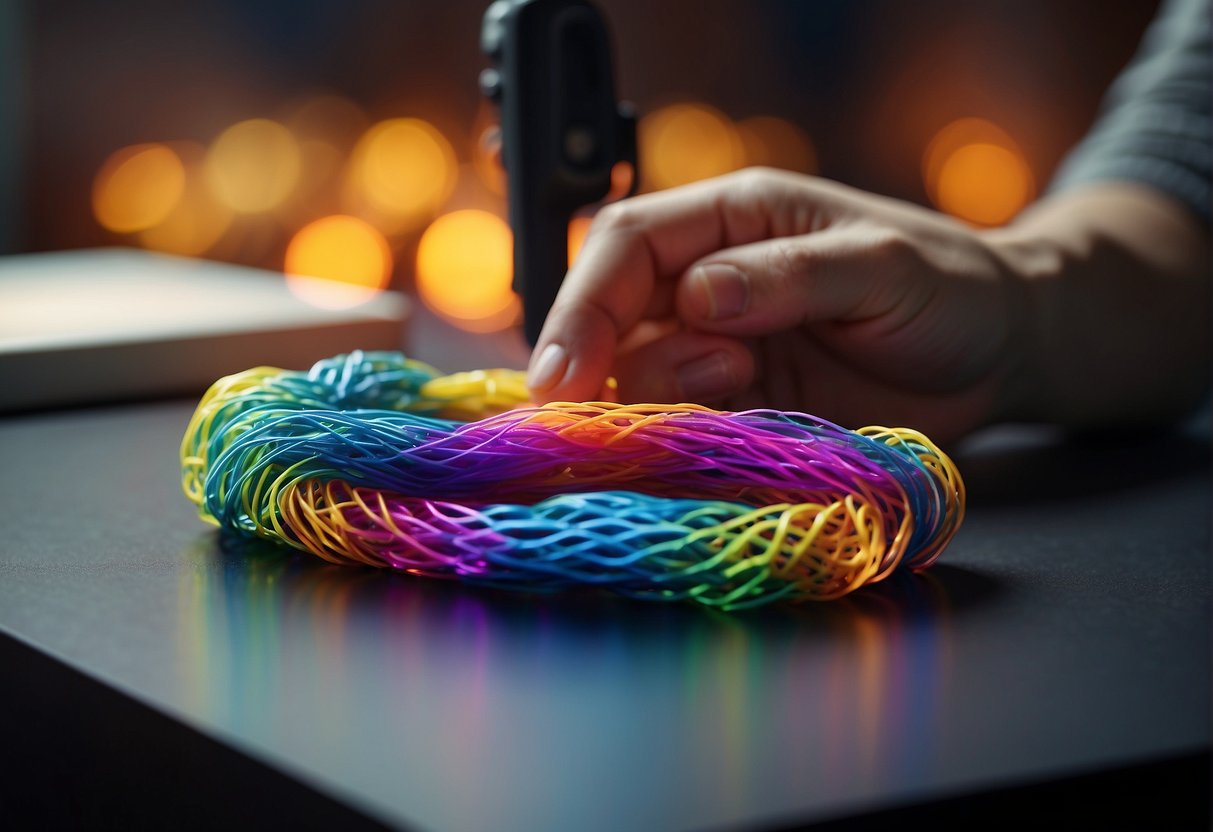
Setting Up for Your First Doodle
When I first tried using a 3D pen, I made sure to gather all the necessary items to start doodling. You’ll need your 3D pen, power adapter, filament, and a clean workspace.
Plugin the power adapter and press the “On” button to heat the pen. While you wait for the pen to heat up, select a filament color you’d like to use for your first doodle.
Once the pen’s heated, insert the filament into the pen. You’ll notice the pen’s nozzle oozes a bit when it’s ready. It’s time to start doodling!
Basic Techniques and Stencils
As a beginner, I found it helpful to familiarize myself with some basic techniques using stencils. Some websites, like 3D Pen Templates, offer free stencil collections that are perfect for practicing. Start by tracing the stencil design on a flat surface.
Using your 3D pen, try these techniques:
- Drawing in the air: Hold the pen slightly above the surface and extrude a small amount of filament. As it cools, it will solidify, allowing you to build upwards.
- Layering: Draw your design on a flat surface and let it cool. Then, add another layer on top of the previous one to create thickness and texture.
- Connecting: Create separate parts of your design and let them cool. Use the pen to bond these pieces together by carefully melting the edges.
Avoiding Common Mistakes
I remember making a few mistakes during my initial experience with a 3D pen. Here are some tips to avoid those errors:
- Speed: It’s essential to find the right speed that works for you. Going too fast may cause the filament to break or become uneven. Conversely, going too slow might create lumps in your artwork.
- Temperature: Ensure your pen’s temperature is set correctly for the filament type you’re using. If the temperature is too low, the filament won’t flow smoothly. If it’s too high, the filament could burn or become too soft.
- Patience: Be patient, especially if you’re still learning the basics. Practice makes perfect, and it’s crucial not to rush the process.
Using these tips and tricks, you’ll be able to create your first 3D pen artwork in no time. Enjoy the process and have fun exploring your creativity!
Advanced 3D Pen Techniques
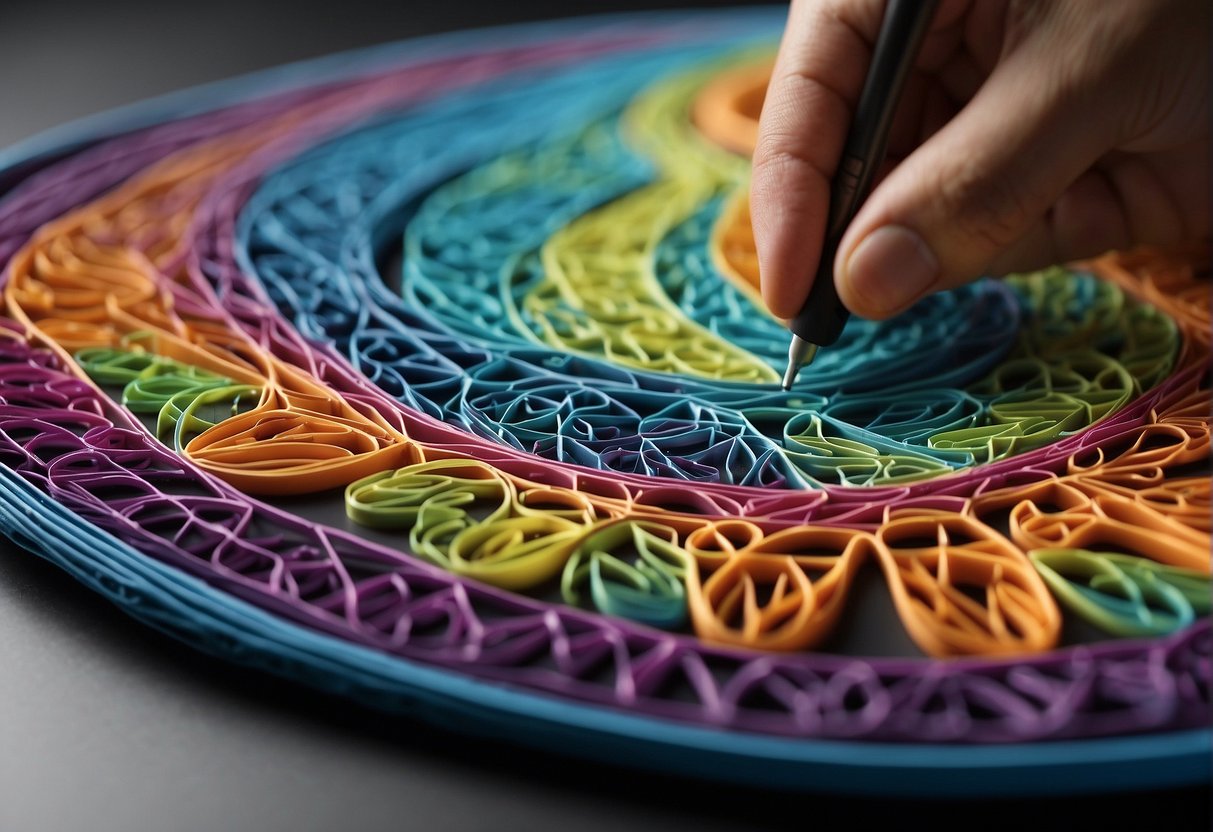
Creating Complex 3D Structures
In my experience with 3D pens, I’ve found some advanced techniques that can help in creating complex three-dimensional objects.
For instance, when working on intricate designs like spheres, patience is crucial. Start by making small circular motions, gradually increasing the diameter until you achieve the desired size.
Additionally, you can use a balloon to create hollow spheres. Inflate the balloon to the desired size, draw your design on it with the 3D pen, wait for the filament to cool and then gently remove the balloon.
While focusing on advanced techniques, it’s essential to pay attention to the design’s structure. Ensure that the foundation is sturdy by creating supports and braces, especially when dealing with tall or complex objects.
Using Templates and Wax Paper
Another technique I’ve discovered is the use of templates and wax paper. Templates are helpful if you’re new to 3D pen drawing or want to create a specific design.
You can find templates online or create your own using computer software. Print the template and place it under wax paper.
The wax paper will prevent the filament from sticking to the template, allowing you to easily remove your design after it’s completed.
When using wax paper, make sure it lays flat and secure on the work surface. Draw your design on the wax paper, following the template.
You can connect various parts with small beads of filament, ensuring that the structure stays together. Once the design is complete and the filament has hardened, gently remove it from the wax paper.
Applying these techniques will enable you to create stunning and complex 3D pen designs!
Maintenance and Troubleshooting
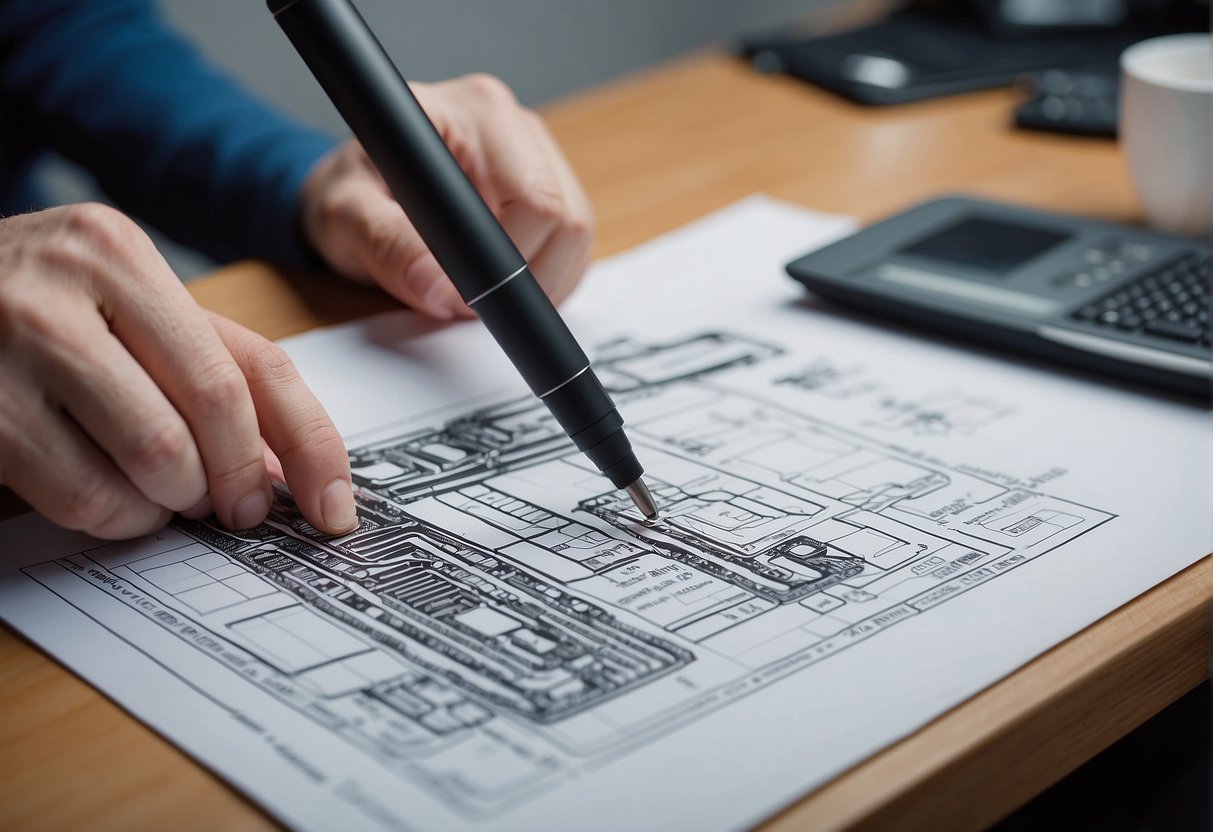
Cleaning and Storing Your 3D Pen
I always make sure to keep my 3D pen clean after each use. This involves removing any leftover filament and gently wiping the nozzle with a soft cloth.
Additionally, using a small brush can help remove debris from the pen’s intricate parts. It’s vital to store your 3D pen in a dry and cool place to ensure its longevity.
When it comes to storing my 3D pen, I prefer using a protective case or box. This helps avoid any accidental damage and keeps all the essential accessories neatly organized.
Pro tip: If you don’t have a specific case for your 3D pen, a pencil case or small storage container works too!
Dealing with Oozing and Clogging
During my creative journey with 3D pens, I have faced oozing and clogging issues. To tackle oozing, I usually decrease the pen’s temperature slightly or choose a slower speed setting.
When dealing with clogs, I first unload the filament and then use the provided cleaning tool to carefully remove any blockages.
Remember, prevention is often better than cure! Frequently checking and cleaning the pen’s nozzle can help prevent clogs and oozing problems in your 3D pen.
Finding Resources and Help
When I want to learn new techniques or need help troubleshooting issues with my 3D pen, I love checking out online resources. Below are a few of my go-to places for support:
- Reviews: Websites like Amazon and Instructables provide honest user reviews, helpful tips, and insightful experiences.
- Videos: Platforms like YouTube have countless 3D pen tutorials, demonstrating various techniques and offering guidance for troubleshooting common problems.
- Forums: Online discussion boards like Reddit connect 3D pen enthusiasts who can share their knowledge and expertise on pen care, cleaning, and problem-solving.
So anytime you need help or inspiration, don’t hesitate to explore these fantastic resources!



